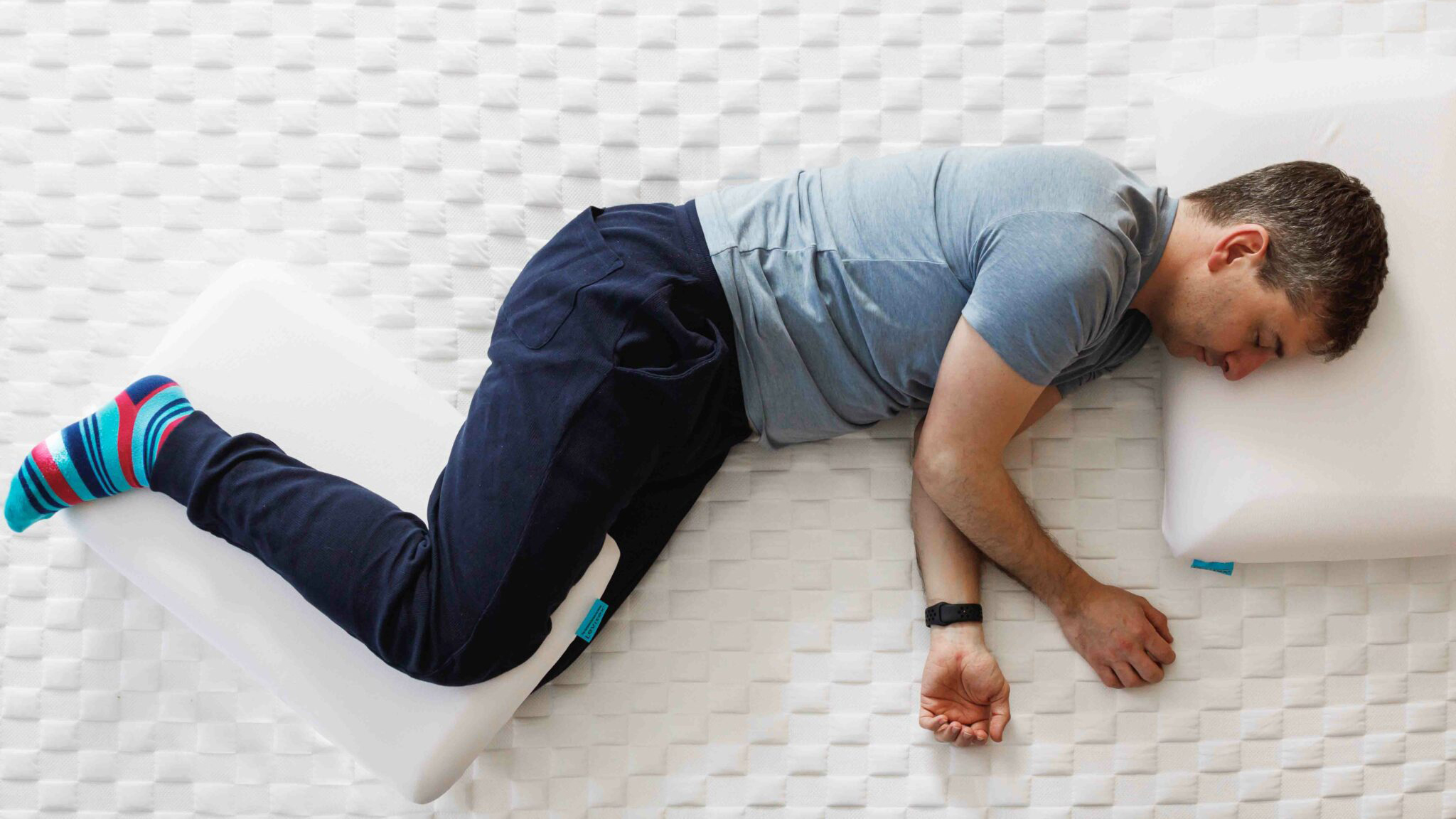
When it comes to bedtime, we tend to prioritize comfort above all else. After all, the more comfortable we are, the better we’ll sleep – right? Wrong, as it turns out. At least according to sleep posture expert James Leinhardt. After a decade working in hospitals to provide sleep solutions to bed-bound patients, he’s on a mission to change how we approach getting comfortable in bed.
What exactly is sleep posture? Essentially, it’s the pose your body adopts when you fall asleep. James believes the right posture can improve the quality of your sleep, as well as reduce pain, and support musculoskeletal health. But it isn’t just about positioning. Good sleep posture should be supported by the right sleep surface, so make sure you have the best mattress and best pillow for your build and sleep style. To that end, James started Levitex, a sleep brand created with posture at the forefront..
Like so many people, I have a tendency to slump into bed and curl up until I’m comfortable, but what feels right in the evening can lead to aches in the morning. I had a consultation with James to find out which sleep postures are best, which ones to avoid, and the small changes that help eliminate bad sleep habits.
The best posture: the dreamer
The best sleeping position, as identified by James, is a semi-foetal side posture. In simple terms, this is a neutral side sleeping position with your spine straight, knees slightly bent, and legs stacked in alignment. In the Levitex system, this ideal sleep posture is known as the ‘dreamer’.
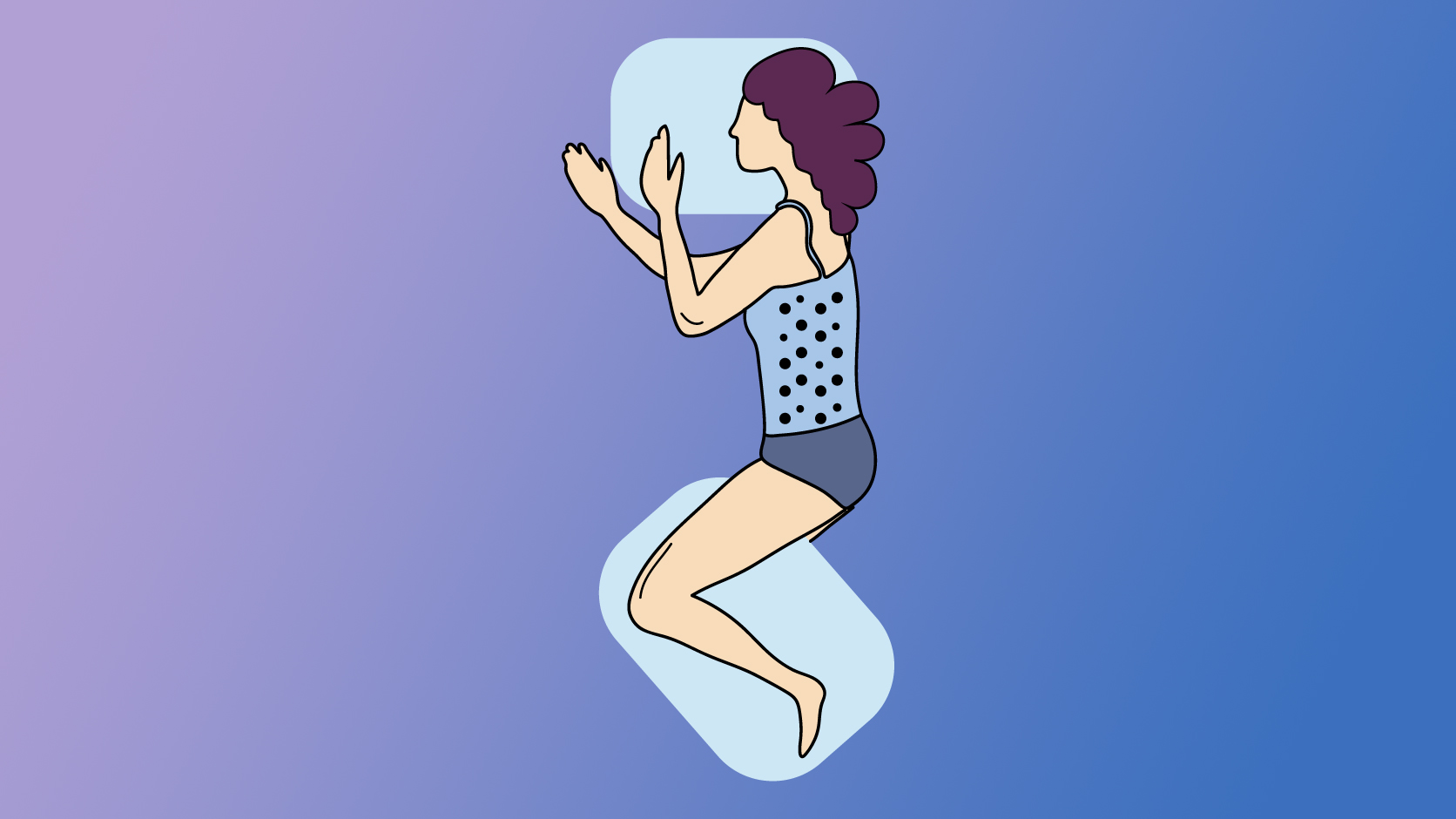
“If your spine is straight, then the muscles around [the spine] don't have to work to maintain these funny positions we put ourselves in,” James explains. This neutral sleep style mimics the ideal sitting position, carrying good posture from the day into the night.
While the majority of sleepers tend to identify as side sleepers, we don’t all opt for the ‘dreamer’ position. I tend to default to the ‘applauder’ position, while others go for side sleeping variations such as the ‘squatter’ or the ‘heavy lifter’. Although these are close to the dreamer position, James says these twisted positions aren’t good enough.
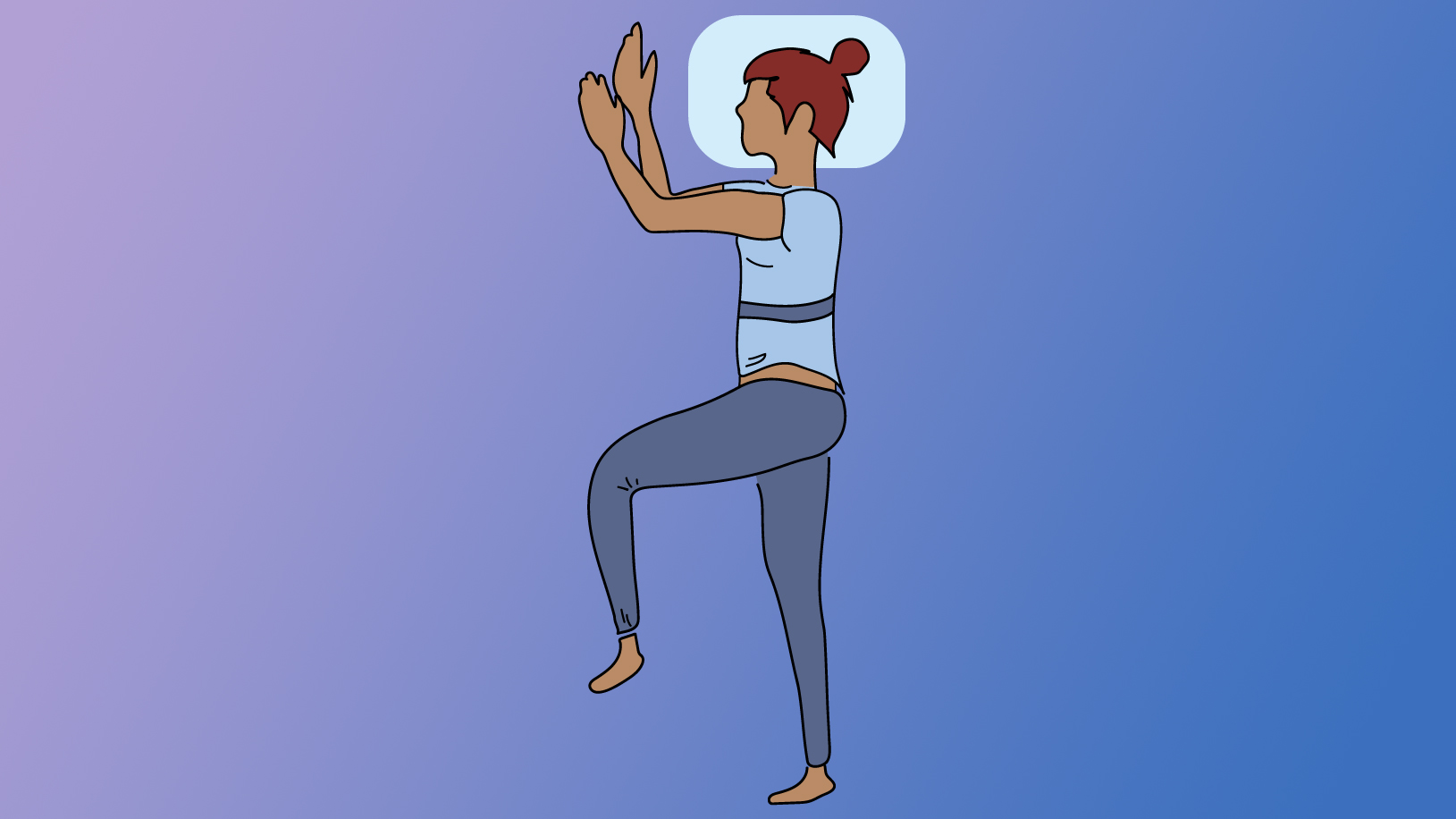
“The most significant thing is that when you bring one leg over the other, so the one hip is in front of the other, the shoulder follows,” James explains. “You're bringing your spine over and twisting it, not supporting it, and gravity will continue to push because you've got that space [between you and the bed].”
So, what can we do? The good news is, as side sleepers, only a few small posture adjustments are needed. Try placing a pillow between your legs, to keep them stacked and stop your knees from sliding. Switching the side you sleep on can also help. “Your muscles will be stiffer on the other side, so the position will weirdly be easier to maintain,” James explains.
Side sleepers tend to benefit from medium-firm mattresses, which provide the optimum blend of cushioning and support. Our best mattress for side sleepers guide has some excellent options for you.
The runner-up: back sleeping
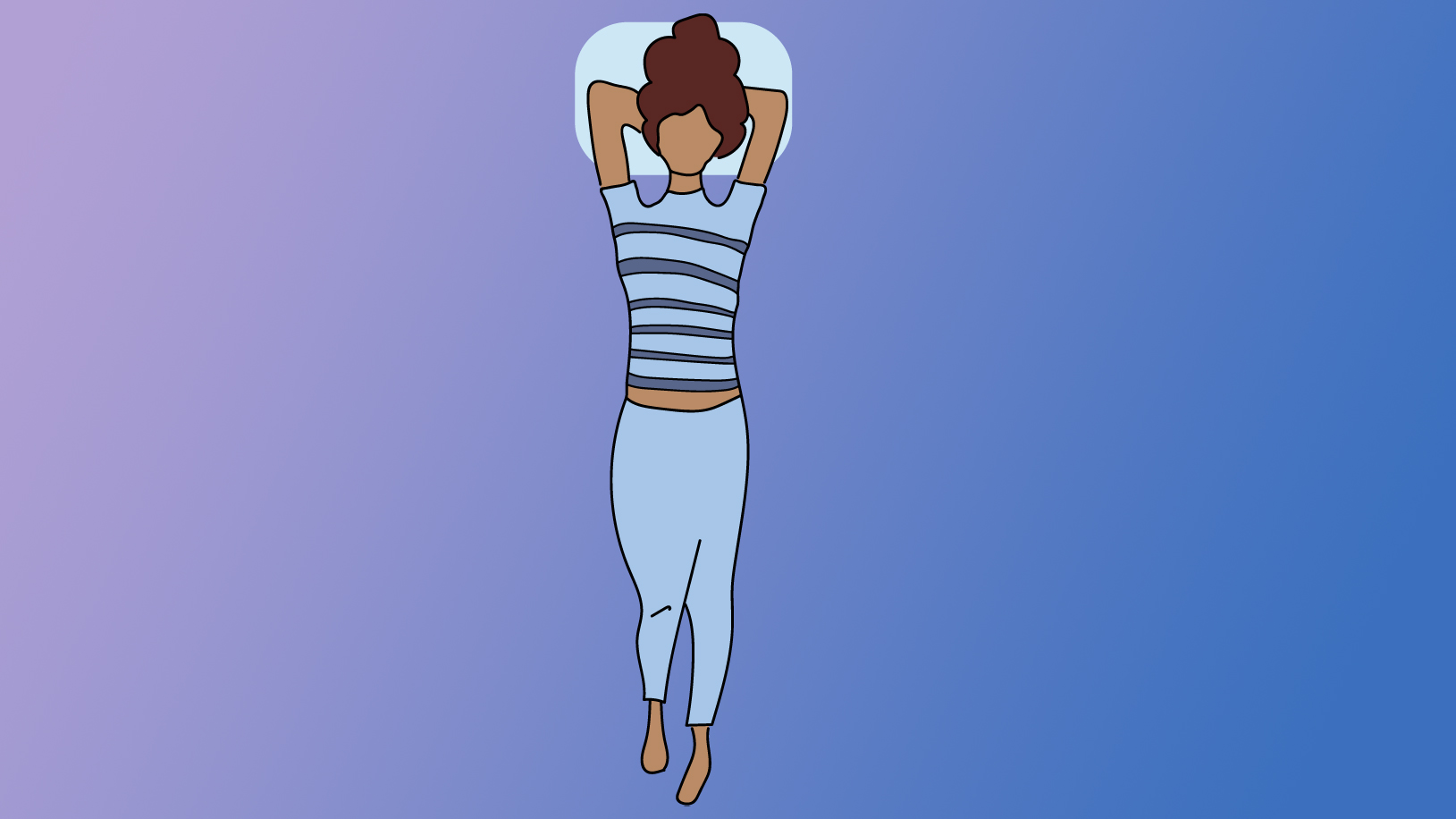
Not comfortable sleeping on your side? James considers back sleeping to be the second most posture-pleasing solution. But, again, if you want to prioritize your posture, you can’t just flop back and close your eyes. To avoid putting strain on your spine, make sure you’re choosing the right pillow. A pillow should fill the gap between your head and your shoulders, without propping you up or leaving your neck slumped.
Once you have your neck supported, don’t throw your old pillow away. Make better use of it by tucking the pillow beneath your knees. This takes some pressure off the spine and helps you maintain that good sleep posture overnight.
Back sleepers tend to benefit from a firmer mattress, as this provides optimum support across the spine. Our best firm mattress guide can help you find the perfect bed.
And the worst: front sleeping
Bad news for front sleepers: no matter how comfortable you might find this position, it's not a good choice for your sleep posture. According to James, there are no good front sleeping positions. Sleeping on your stomach forces the neck to twist round, leaving the spine unsupported.
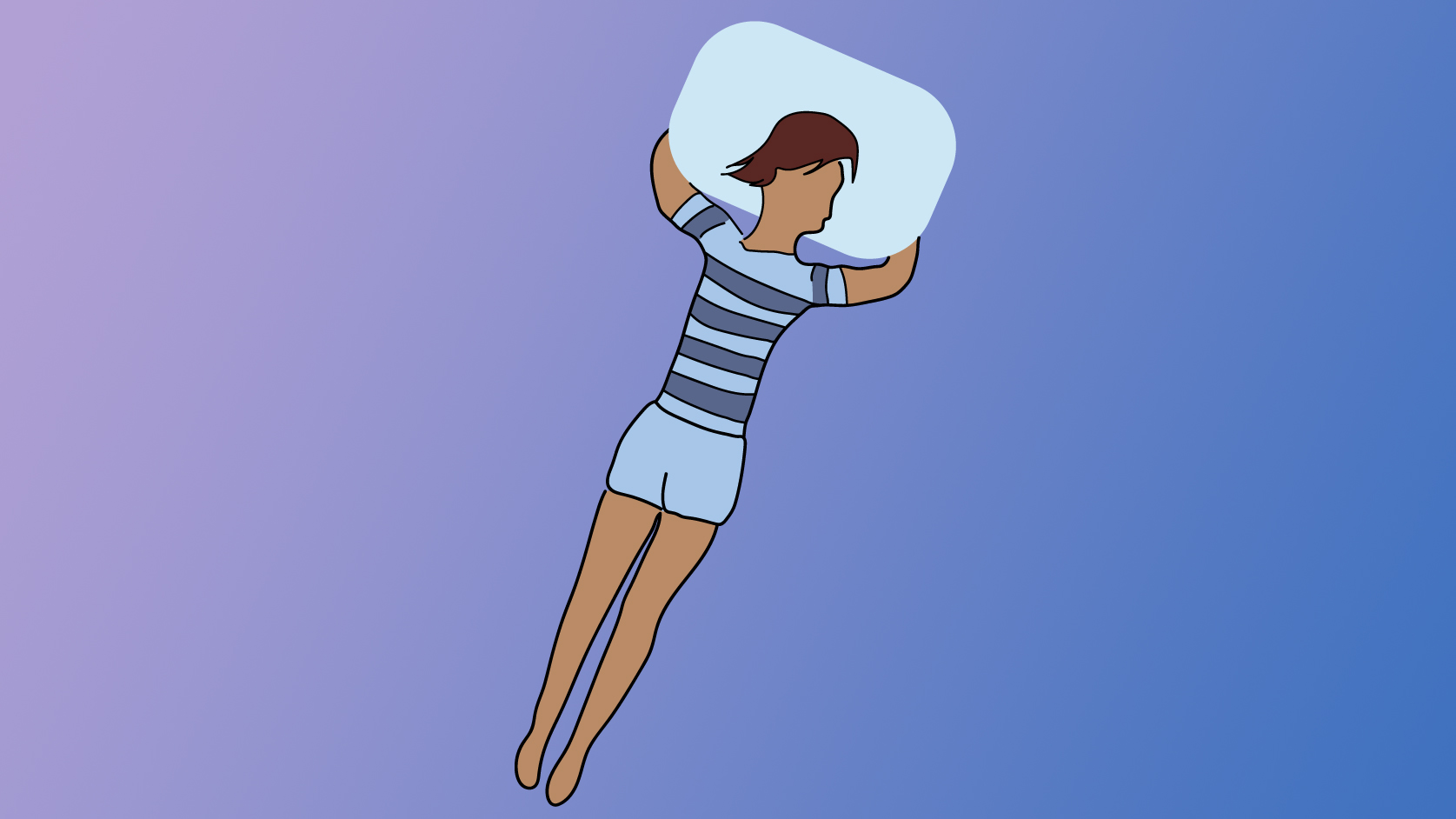
Switching from a front to a side or back sleeping position might not feel entirely natural, but if you want better sleep posture, you just have to suck it up. To ease the transition, use pillows: one between your knees to keep the legs stacked, and one hugged to the chest to prevent you from rolling forward.
And don’t panic if you wake up and find your body has reverted to a stomach sleeping position. This is a gradual process, and stress is not good for sleep. “Don't put yourself under any pressure. If you can go to sleep in the right position, that's the only thing we require,” James says. With time, your improved sleep posture should come naturally.
While James might talk about prioritizing posture, he recognizes that comfort is still important. Front sleepers tend to benefit from firmer mattresses, but if you’re trying to switch to a side sleeping position, you might prefer some added cushioning. During our Levitex mattress review, we found this mattress worked for all sleep positions (and might help if you really are struggling to transition to the side).







